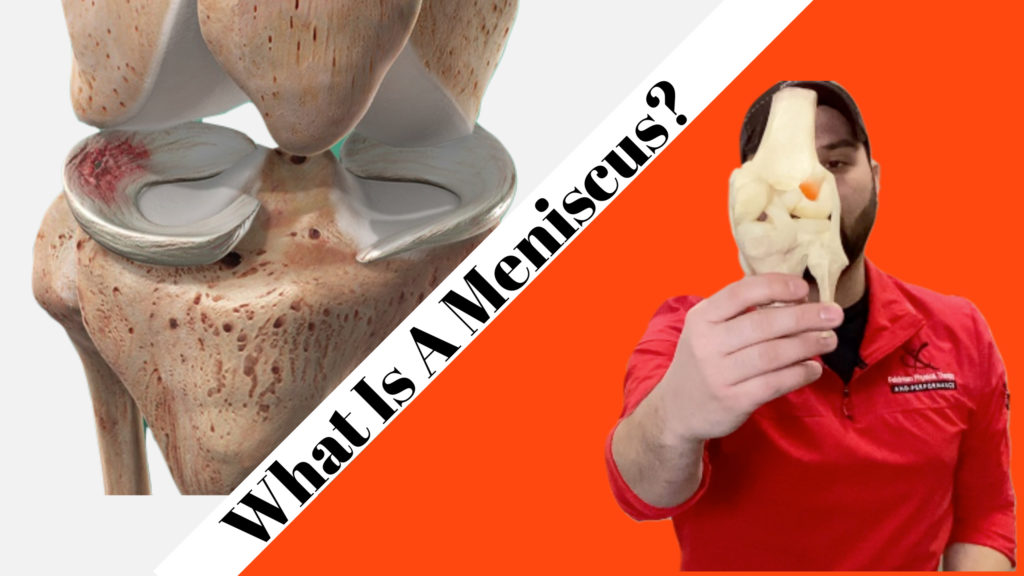What Is A Meniscus Tear?
Everybody’s got ’em. That’s the bottom line when it comes to meniscus tears, and there’s no escaping it. But here’s the thing, it doesn’t have to be the early retirement people used to think lay ahead. The meniscus is a primary shock absorber for the knee and it takes a beating. Normal wear and tear is, well, normal and common. Think of it like the brakes on your car. There is a reason wearable parts aren’t covered under warranty.
- “Incidental meniscal findings on MRI of the knee are common in the general population and increase with increasing age.”
- In the same study, 61% of subjects with meniscus tears had no pain.
If I’m going to help today, I have to peel back the layer that makes meniscus tears so mysterious and complex. The knee takes a pounding. It’s no wonder so many people “suffer” from these asymptomatic knee injuries. I put suffer in quotes because the list of people who have one and don’t even know it seems to grow with each study. A reasonably active person can expect to have some positive findings. This is more true as we get older. It just happens. Our wearable parts wear down as they do their job. But this doesn’t mean problematic. Your car tires wear down but are still good. (I’ll leave the rest of our car tire talk to Ashley as she and her husband are the resident professional car racers.)
I won’t go too deep into the specific type of tears; that’s not important for this discussion. However, it is important to distinguish between “Acute” and “Degenerative” classifications of tears. Acute tears are often seen in active individuals or with a specific mechanism of injury. Degenerative tears are common and progressive over time. What’s important to note is that both can have positive outcomes without surgery. I had a teammate who sustained a pretty nasty acute meniscus tear mid-game. Pain, swelling, the whole 9 yards. We got to work and he was back playing before the end of the season without surgery. Conservative management can work regardless of swelling or pain. Too often we equate pain and swelling with a more severe issue. That is usually not the case.
Long-term outcomes for conservative vs surgical management show some fascinating similarities. That’s not to say surgery is never warranted. Instead, maybe we rush to cut this classical injury too hastily. There is sound evidence to suggest alternative success. Surgical intervention can be warranted. If the normal mechanism of the knee is disrupted, then surgical management may be the answer. That being said, many cases we see will improve significantly with a few weeks of proper management. If we can control swelling, increase motion, and increase strength then there is a strong case for letting it be.
Another important note is that surgical management means the removal of the meniscus tissue. Loss of meniscus means less shock absorption and increased breakdown of the joint surface. This is one of the opportunity costs we need to weigh in this discussion.
- Subjects showed no significant outcome differences in pain or function between conservative, surgical, or injection groups.
- A meta-analysis for Randomized Control Trials showed no long-term improvements in post-op pain (6 months – 2 years).
How do we decide? Thorough clinical evaluations need to be unbiased. We usually find significant factors accompanying the tears. Pain, loss of strength, loss of control, and compromised joint function (range of motion) are all common. These can all be addressed which is why we call them “low hanging fruit.” We recommend a hard and fast approach of addressing these complaints. If that fails, then we contact one of our excellent Orthopedic Physicians to hop on the team.
